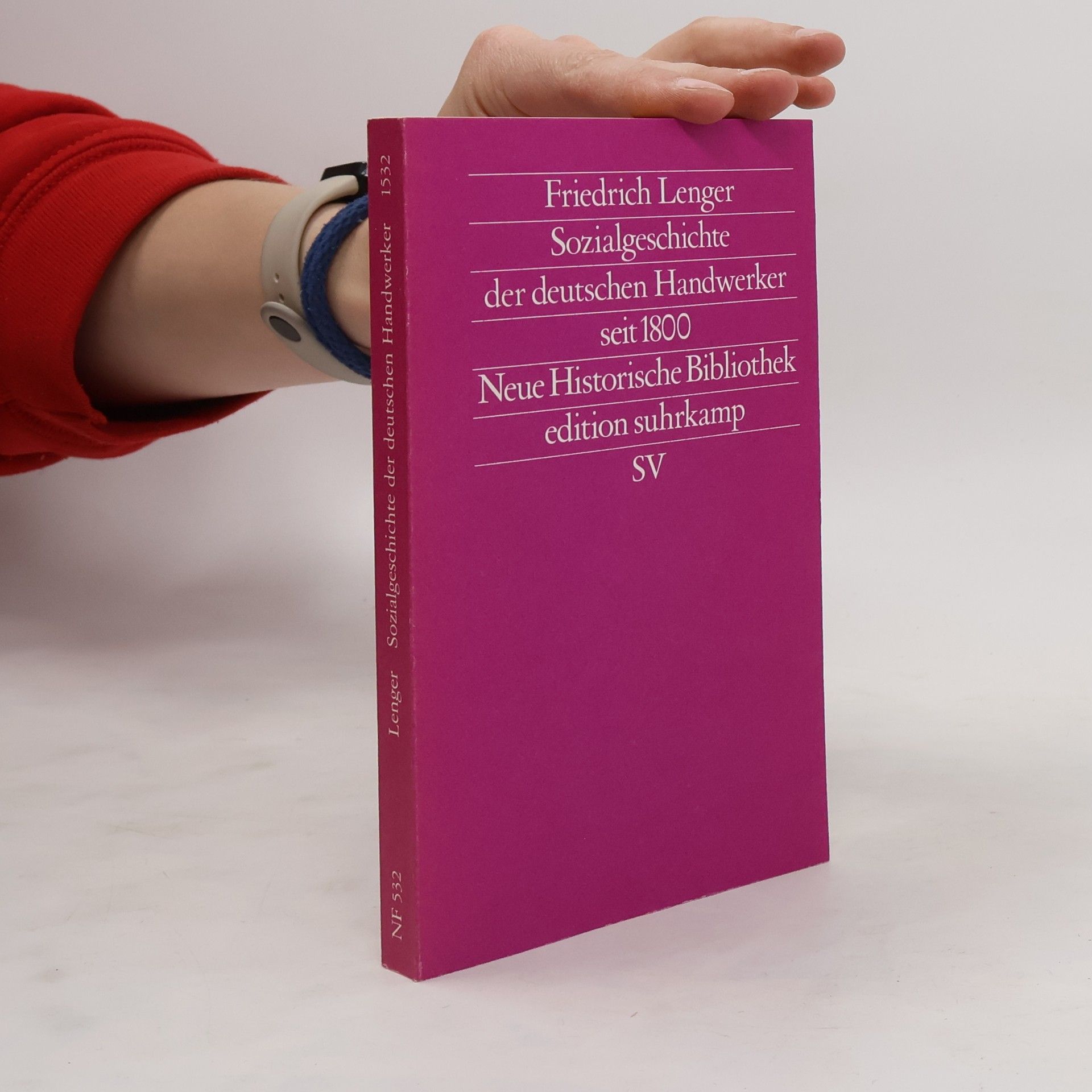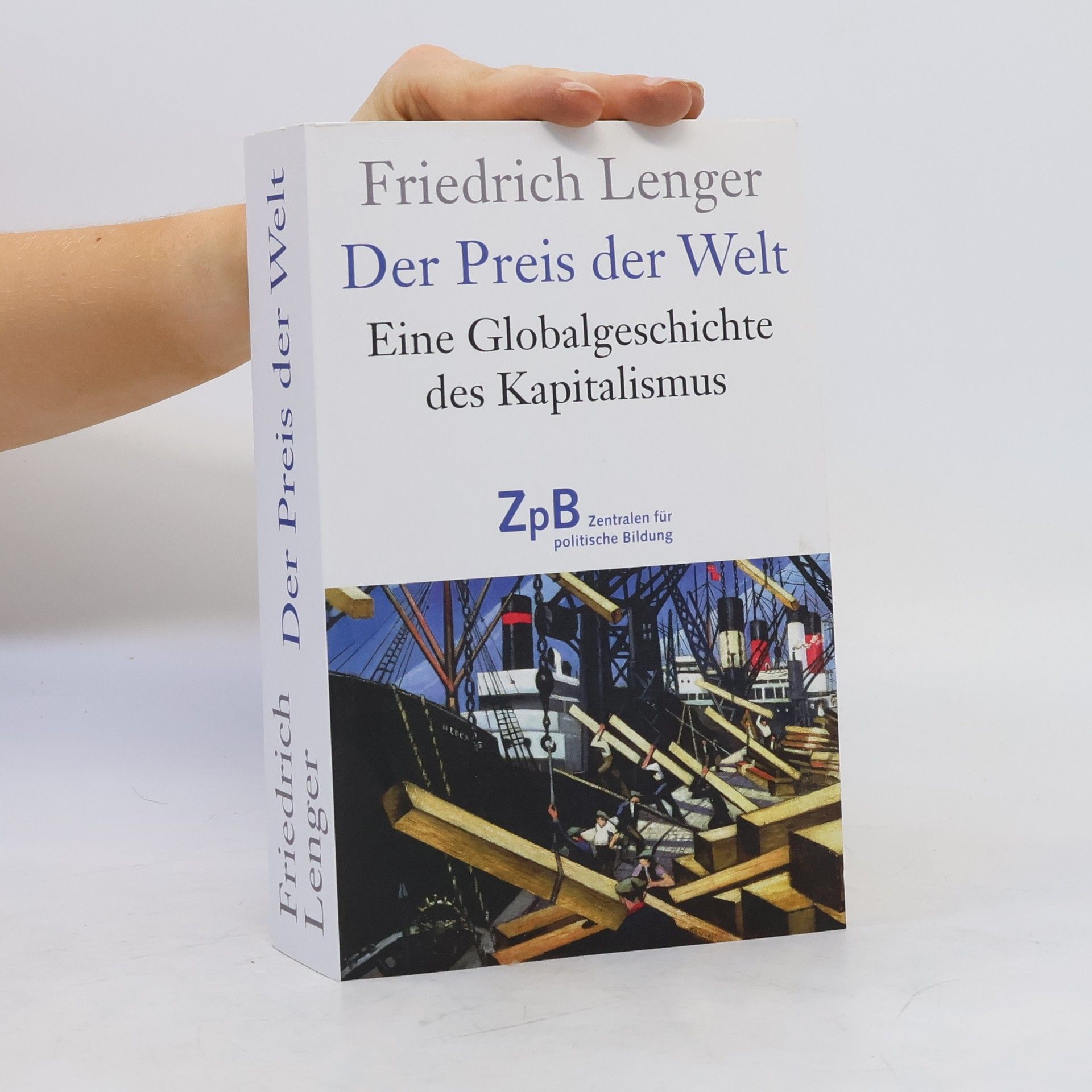Der Preis der Welt
Eine Globalgeschichte des Kapitalismus
Die umfassende Globalgeschichte des Kapitalismus beleuchtet die ökonomische Verflechtung und Asymmetrie, die in den letzten 500 Jahren entstanden sind. Der Historiker Friedrich Lenger beschreibt, wie diese Entwicklungen von den Indigenen Amerikas bis zu den bengalischen Seidenwebern alle Menschen betroffen haben. Die Erzählung umfasst Themen wie wachsenden Wohlstand, extreme Armut, Unfreiheit und Gewalt sowie die Gefährdung unseres Planeten, für die wir heute die Konsequenzen tragen. Lenger analysiert die Dynamik des Kapitalismus, die nur durch äußere Einflüsse begrenzt wurde, und beleuchtet die Krisen und Ungleichheiten, die er hervorgebracht hat. Dazu zählen der ungleiche Verbrauch fossiler Ressourcen und Umweltzerstörungen, die regional unterschiedlich wahrgenommen werden. Handels- und Industriekapitalisten zeigten sich oft gleichgültig gegenüber der Natur und menschlichem Leid, wie das Schicksal von Millionen Sklaven, die bis ins 19. Jahrhundert auf amerikanischen Plantagen arbeiteten, verdeutlicht. Dieses Buch ist unerlässlich für alle, die die gegenwärtigen globalen Probleme und deren Lösungen verstehen möchten. Es bietet eine Analyse jenseits des Eurozentrismus und thematisiert die tiefen Wurzeln von Ungleichheit und Unfreiheit in der kapitalistischen Geschichte.



